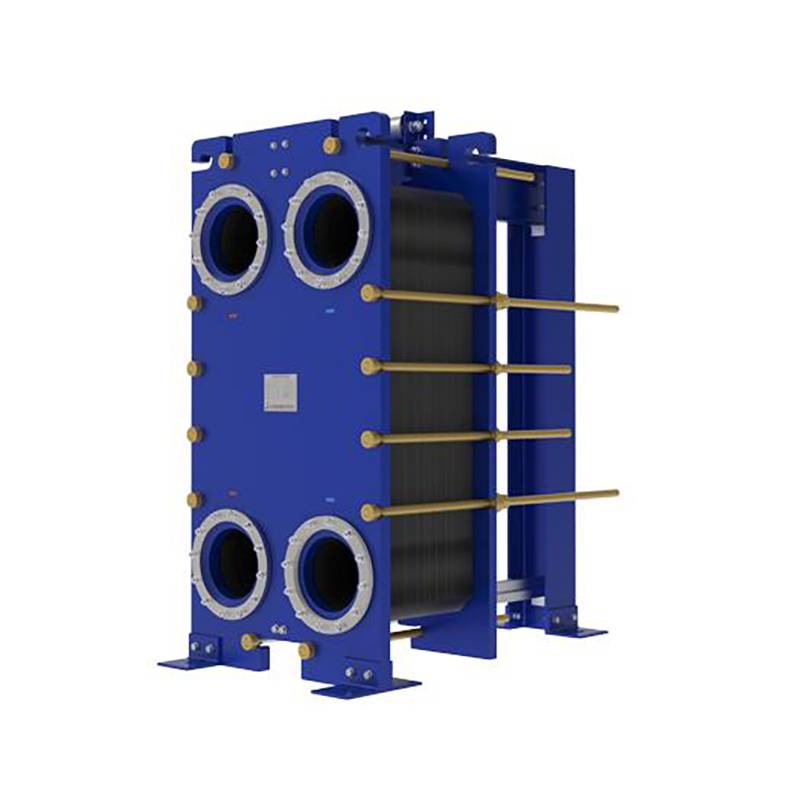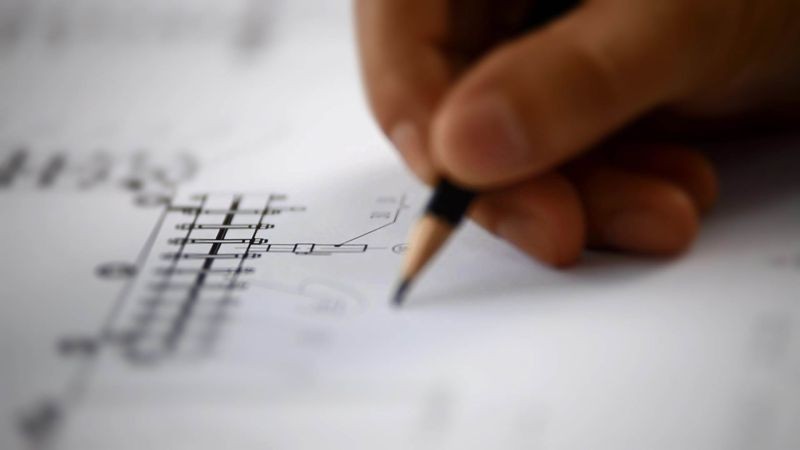How do gaskets prevent leaks in heat exchangers
A gasket in heat exchanger seals surfaces, blocks ...
More
Gaskets are the critical sealing components in plate heat exchangers (PHEs), primarily responsible for preventing fluid leakage and cross-contamination between plates. Their fundamental role is to create and maintain a reliable seal under varying operational conditions of temperature and pressure. The strategic placement of gaskets in the grooves of heat transfer plates ensures that the intricate channel system, formed when plates are compressed in the frame, remains perfectly isolated. This precise sealing is paramount for the exchanger's efficiency, as it directs the flow of hot and cold media through their designated alternating channels, enabling optimal heat transfer. Without these elastomeric seals, the very function of the plate heat exchanger would be compromised, leading to immediate operational failure, making them indispensable for the unit's structural integrity and core performance. The selection of gasket material—be it Nitrile Butadiene Rubber (NBR) for general purposes, Ethylene Propylene Diene Monomer (EPDM) for higher temperature resistance, or Viton for aggressive chemicals—is a direct response to the specific media being processed and the thermal limits of the application, underscoring their tailored importance in system design.
The operational and economic necessity of gaskets in plate heat exchangers is substantiated by extensive industrial data and maintenance protocols. For instance, gasket failure is consistently identified as the leading cause of downtime in PHE systems, accounting for an estimated 70-80% of all unscheduled maintenance events according to maintenance logs from chemical processing and HVAC sectors. This high incidence rate highlights their role as both a vital component and a primary wear item. The performance metrics are clear: a compromised gasket can lead to efficiency drops of 15-30% due to internal leakage and intermixing, directly increasing energy consumption to maintain the same thermal output. Real-world case studies from the food and beverage industry show that scheduled gasket replacement, typically every 3-5 years depending on service conditions, is far more cost-effective than reactive repairs. A proactive gasket management program, which includes monitoring for deformation and hardening, can reduce overall maintenance costs by up to 25% and extend the life of the costly plate pack by preventing catastrophic corrosion from undetected leaks. Furthermore, the design evolution of gaskets, such as the widespread adoption of clip-on styles over traditional glued versions, has reduced replacement time by approximately 60%, slashing labor costs and minimizing production interruptions. This data confirms that the gasket is not merely a passive seal but a dynamically critical element whose condition directly dictates the exchanger's operational efficiency, reliability, and total cost of ownership.
Select the most popular foreign trade service products to meet your diverse needs
Learn more about the dynamics and professional knowledge of the foreign trade industry

A gasket in heat exchanger seals surfaces, blocks ...
MoreAPI 662 defines standards for plate heat exchanger...
More
What the carrying bar does in a PHE—support, align...
More
Plate heat exchangers deliver high thermal efficie...
MoreModern HVAC heater exchangers in 2025 offer superi...
More
Recently, SHPHE received repeat order from custome...
MoreSelect the most popular foreign trade service products to meet your diverse needs
Explore more content related to foreign trade services

User Comments
Service Experience Sharing from Real Customers
Michael Chen
Maintenance EngineerThese gaskets are the heart of our plate heat exchangers. The quality is exceptional, providing a perfect seal under high pressure and temperature. We've seen a significant drop in leakage issues since switching to this brand. Highly reliable.
Sarah Johnson
Plant ManagerOutstanding performance and durability. We run our dairy pasteurization units 24/7, and these gaskets have drastically extended our maintenance cycles. The material is clearly resistant to fats and cleaning chemicals. A fantastic product.
David Williams
HVAC TechnicianExcellent replacement gaskets for our district heating systems. The fit was precise and installation was straightforward. They've held up well for over 6 months with no signs of degradation. A slight improvement in heat transfer efficiency was also noted.
Emily Rodriguez
Marine EngineerAbsolutely crucial for our ship's cooling systems. These gaskets withstand the challenging marine environment, including saltwater exposure and vibration, far better than any others we've tried. Zero failures to date. A top-tier product for critical applications.